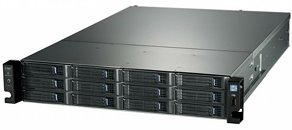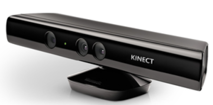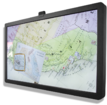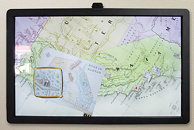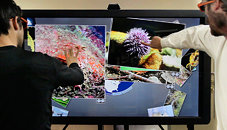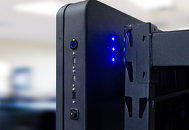
Intel Perceptual Computing SDK 2013 Beta and Creative Developer Kit Now Available
The Intel Perceptual Computing SDK 2013 Beta, announced in September at Intel Developer Forum, is now available as a free download. Developers can add perceptual computing usages to create immersive software applications that incorporate close-range hand and finger tracking, facial analysis, speech recognition and 2D/3D object tracking on 2nd and 3rd generation Intel Core processor-powered Ultrabook devices and PCs.
The SDK includes APIs to help reduce development time and testing costs. Also available for use with the SDK is the Creative* Interactive Gesture Camera Developer Kit a small, light-weight, USB-powered, depth-sensor camera tuned for close-range interactivity powered by technology from SoftKinetic. Download the SDK and order the Creative Interactive Gesture Camera Developer Kit today.
The SDK includes APIs to help reduce development time and testing costs. Also available for use with the SDK is the Creative* Interactive Gesture Camera Developer Kit a small, light-weight, USB-powered, depth-sensor camera tuned for close-range interactivity powered by technology from SoftKinetic. Download the SDK and order the Creative Interactive Gesture Camera Developer Kit today.



